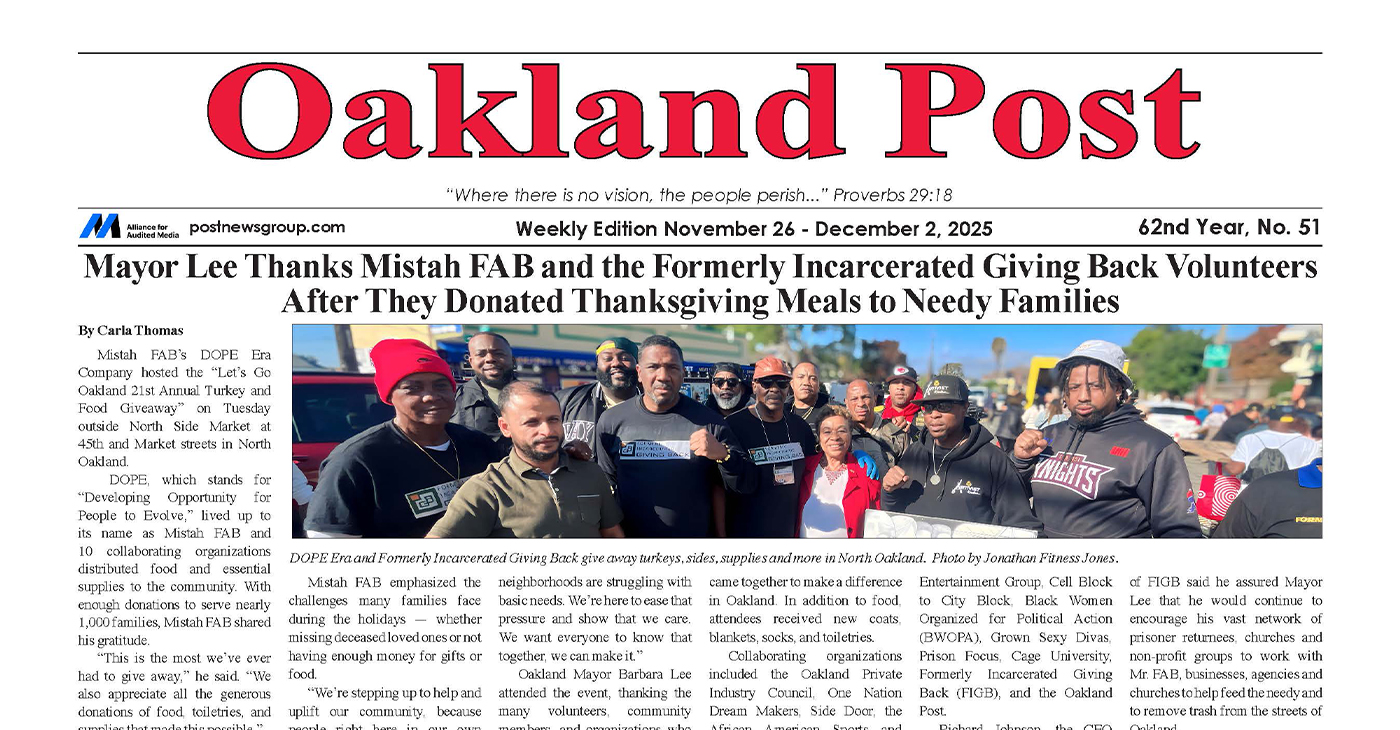Politics
House GOP Approves Cuts to Amtrak Budget Despite Crash

Emergency and transportation personnel work at the scene of a deadly train wreck, Wednesday, May 13, 2015, in Philadelphia. An Amtrak train headed to New York City derailed and crashed in Philadelphia on Tuesday night killing at least seven people and injuring dozens more. (AP Photo/Matt Slocum)
Andrew Taylor, ASSOCIATED PRESS
WASHINGTON (AP) — A Republican-controlled House panel on Wednesday approved deep spending cuts to Amtrak’s budget just hours after a deadly crash in Philadelphia.
The Appropriations Committee backed a $55 billion transportation and housing measure after rejecting Democratic attempts to boost spending on Amtrak by more than $1 billion, including $556 million targeted for the railroad’s Northeast corridor, site of the derailment. The vote was 30-21 along party lines.
The GOP bill would cut Amtrak’s budget by $251 million, to $1.1 billion, for the upcoming fiscal year.
“Every day, tens of thousands of passengers travel our nation’s railways on Amtrak — a majority of those along the Northeast Corridor where yesterday’s tragic accident occurred,” said Rep. Chaka Fattah, who represents Philadelphia. “These riders deserve safe, secure, and modern infrastructure.”
President Barack Obama asked for almost $2.5 billion for Amtrak in his February budget, much more than he’d requested in previous years. Obama’s proposed boost is mostly dedicated to capital investment in track, tunnels and bridges and includes $400 million in grants for capital construction along Amtrak’s Northeast corridor.
There were early indications that Tuesday night’s tragedy may have been due to excessive speed. An Associated Press analysis of a surveillance tape found that the train was going about 107 MPH as it approached a curve where the speed limit less than half that.
“We must pass a multi-year transportation funding bill that increases — not decreases — federal investment in highway, transit and rail programs before other disaster occurs,” said Rep. Dutch Ruppersberger, D-Md.
The vote came as Congress stares down a deadline in 18 days to reauthorize legislation to pay for highways and transit programs.
Amtrak is one of many flash points in the underlying measure, which Democrats say shortchanges important programs for the poor and contains giveaways to the trucking industry.
In recent years, cuts by House Republicans have been restored in House-Senate negotiations, but the railroad’s budget has remained generally flat.
Fattah’s $1.3 billion amendment to fully fund Obama’s Amtrak request failed along party lines after Republicans pointed out that it would have broken budget limits and left the bill vulnerable to procedural challenges.
Top panel Democrat Nita Lowey of New York said the measure undercuts important accounts, including those dedicated to transportation safety and capital construction. Lowey said the bill “drastically short-changes job-creating investments critical to hardworking American families, like roads, bridges, and rail systems and access to safe and affordable housing.”
But Chairman Harold Rogers of Kentucky said majority Republicans are hamstrung by automatic spending cuts known as sequestration that are forcing a freeze in the operating budgets of domestic agencies funded by lawmakers each year. These cuts are the result of a hard-fought 2011 budget deal between Obama and Republicans and are more punishing than originally intended because Congress has yet to find substitute cuts or revenues to replace them.
“We have no choice but to abide by the law,” Rogers said.
The White House and Democrats are pushing to boost domestic programs and insist that they’ll thwart GOP efforts to increase the Pentagon’s budget if domestic agencies aren’t given comparable relief. Republicans have padded war accounts — which are exempt from spending limits — to add to the Pentagon’s budget by $38 billion, a 7 percent increase that matches Obama’s overall request.
The measure is the largest of 12 spending bills considered so far by the GOP-controlled House and includes cuts to an almost $2 billion account for rehabilitating public housing and grants to states and local governments for housing for the poor. In a letter delivered Monday, the White House reminded lawmakers of recent rioting in Baltimore’s poorest neighborhoods and said the measure would hurt efforts to end homelessness and hurt families.
But the White House didn’t specifically object to the Amtrak cuts in the letter, sent by Office of Management and Budget Director Shaun Donovan.
On Wednesday White House Press Secretary Josh Earnest wasn’t pointing fingers about the accident, though he said more Amtrak funding would “benefit the traveling public and be good for our economy.”
Copyright 2015 The Associated Press. All rights reserved. This material may not be published, broadcast, rewritten or redistributed.
###
Activism
Oakland Post: Week of December 10 – 16, 2025
The printed Weekly Edition of the Oakland Post: Week of – December 10 – 16, 2025

To enlarge your view of this issue, use the slider, magnifying glass icon or full page icon in the lower right corner of the browser window.
Activism
Oakland Post: Week of November 26 – December 2, 2025
The printed Weekly Edition of the Oakland Post: Week of November 26 – December 2, 2025

To enlarge your view of this issue, use the slider, magnifying glass icon or full page icon in the lower right corner of the browser window.
Activism
Oakland Post: Week of November 19 – 25, 2025
The printed Weekly Edition of the Oakland Post: Week of November 19 – 25, 2025

To enlarge your view of this issue, use the slider, magnifying glass icon or full page icon in the lower right corner of the browser window.
-

 Activism4 weeks ago
Activism4 weeks agoOakland Post: Week of November 12 – 18, 2025
-

 Activism3 weeks ago
Activism3 weeks agoIN MEMORIAM: William ‘Bill’ Patterson, 94
-

 Activism4 weeks ago
Activism4 weeks agoHow Charles R. Drew University Navigated More Than $20 Million in Fed Cuts – Still Prioritizing Students and Community Health
-

 Bay Area4 weeks ago
Bay Area4 weeks agoNo Justice in the Justice System
-

 #NNPA BlackPress3 weeks ago
#NNPA BlackPress3 weeks agoLewis Hamilton set to start LAST in Saturday Night’s Las Vegas Grand Prix
-

 #NNPA BlackPress3 weeks ago
#NNPA BlackPress3 weeks agoBeyoncé and Jay-Z make rare public appearance with Lewis Hamilton at Las Vegas Grand Prix
-

 Activism3 weeks ago
Activism3 weeks agoOakland Post: Week of November 19 – 25, 2025
-

 #NNPA BlackPress4 weeks ago
#NNPA BlackPress4 weeks agoThe Perfumed Hand of Hypocrisy: Trump Hosted Former Terror Suspect While America Condemns a Muslim Mayor


















































